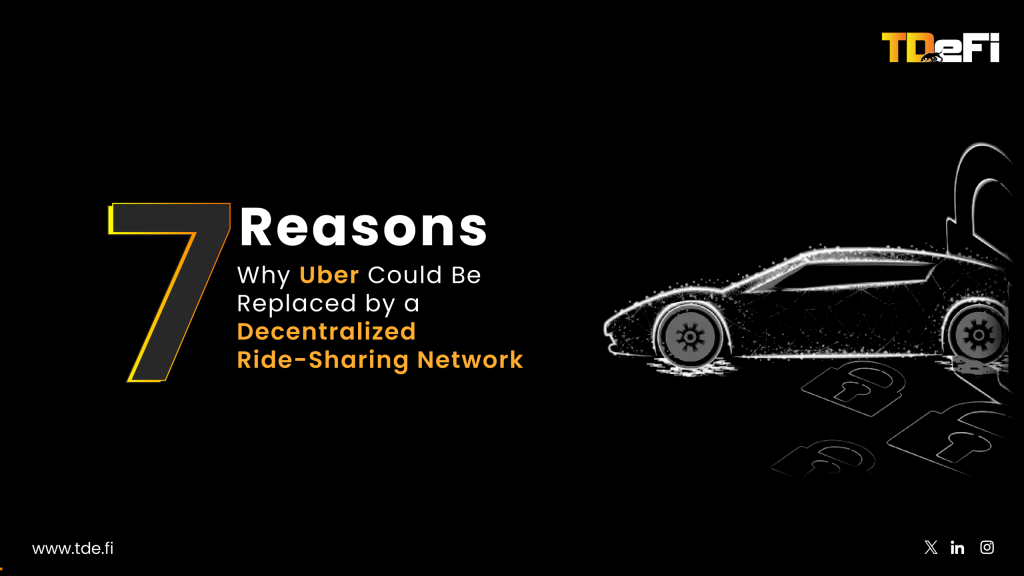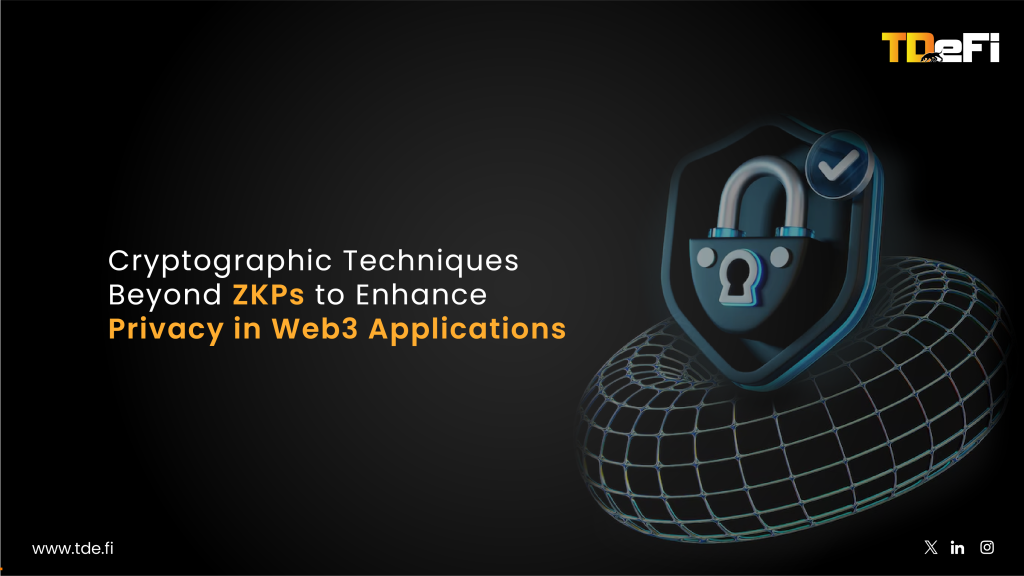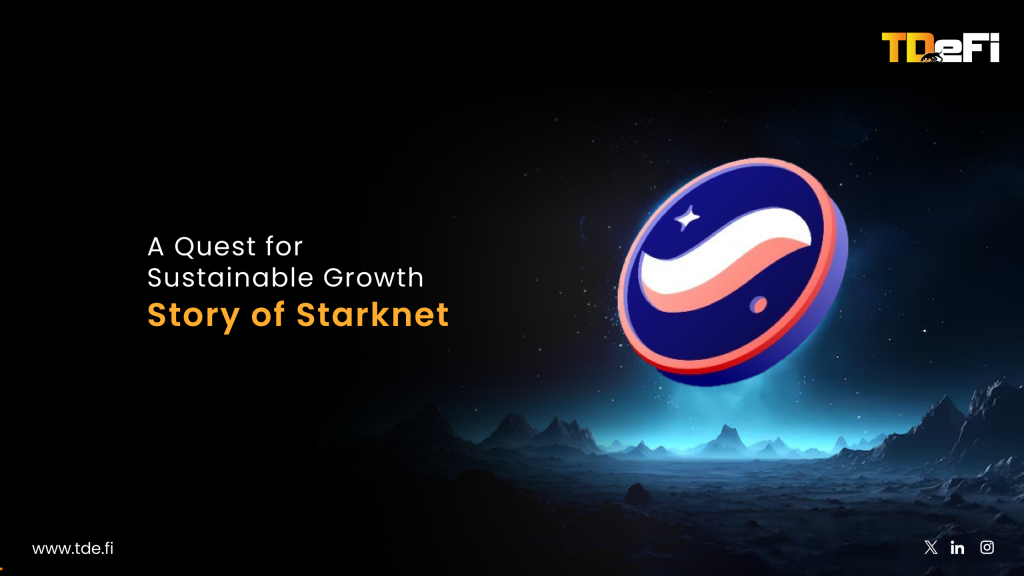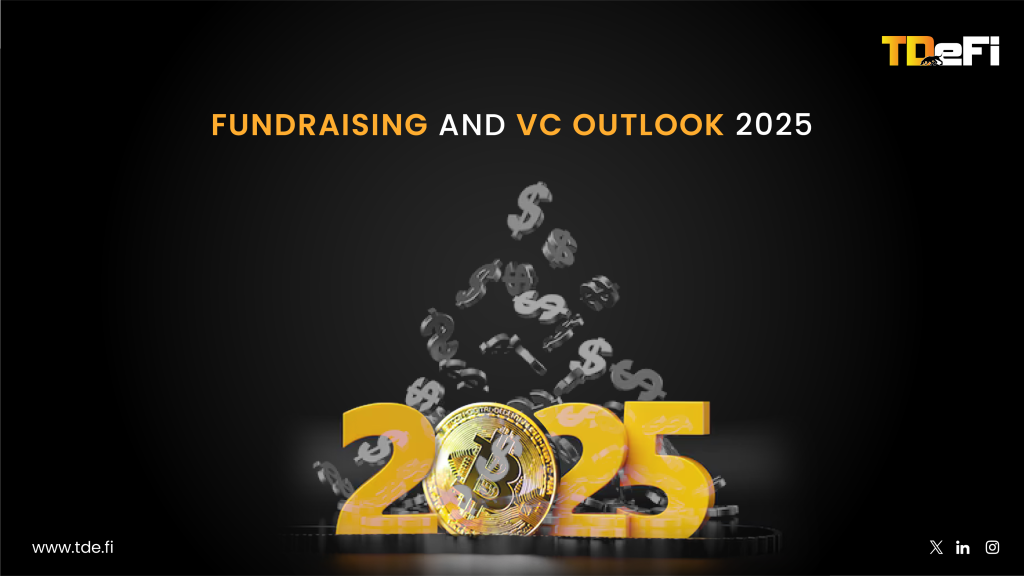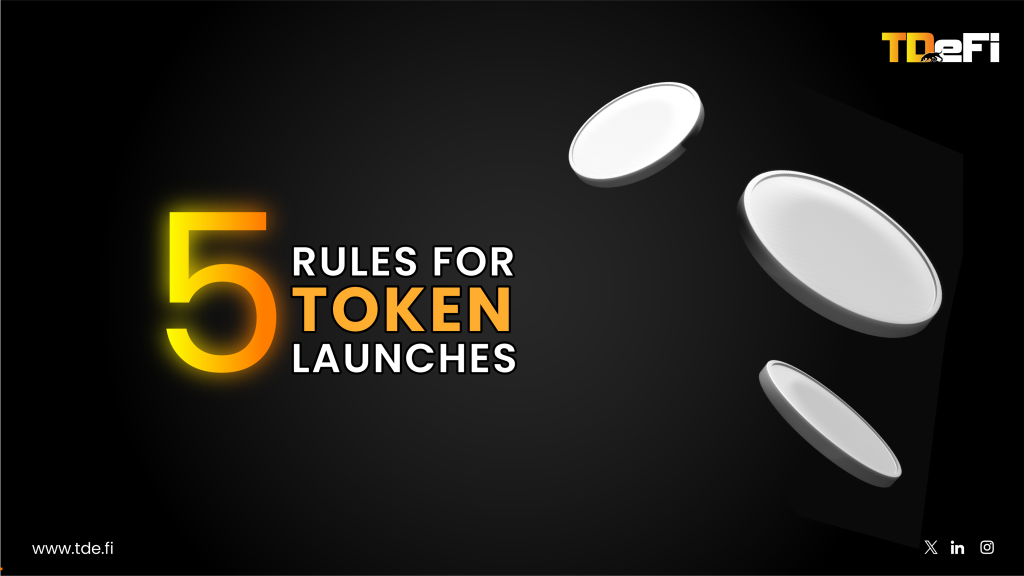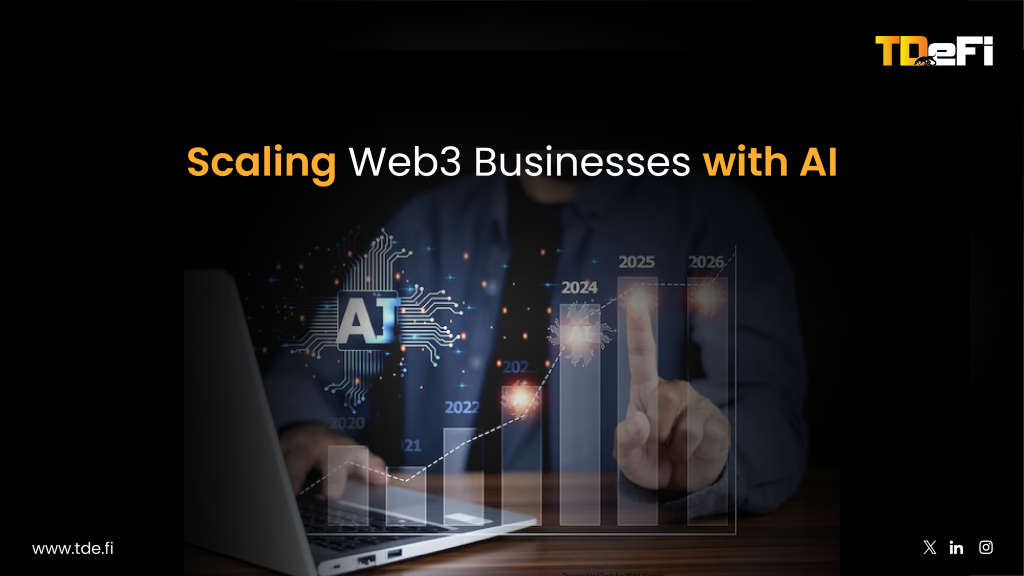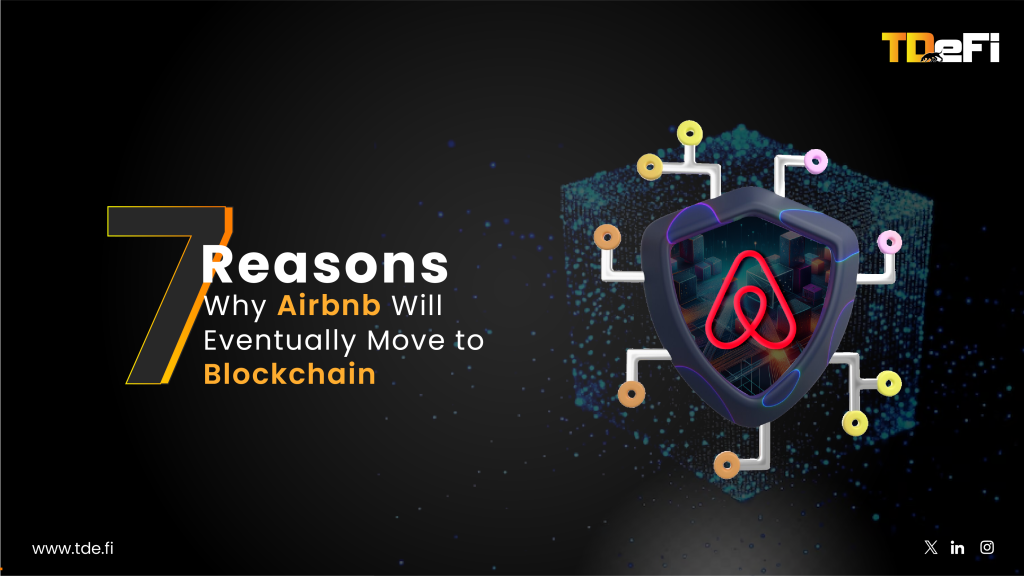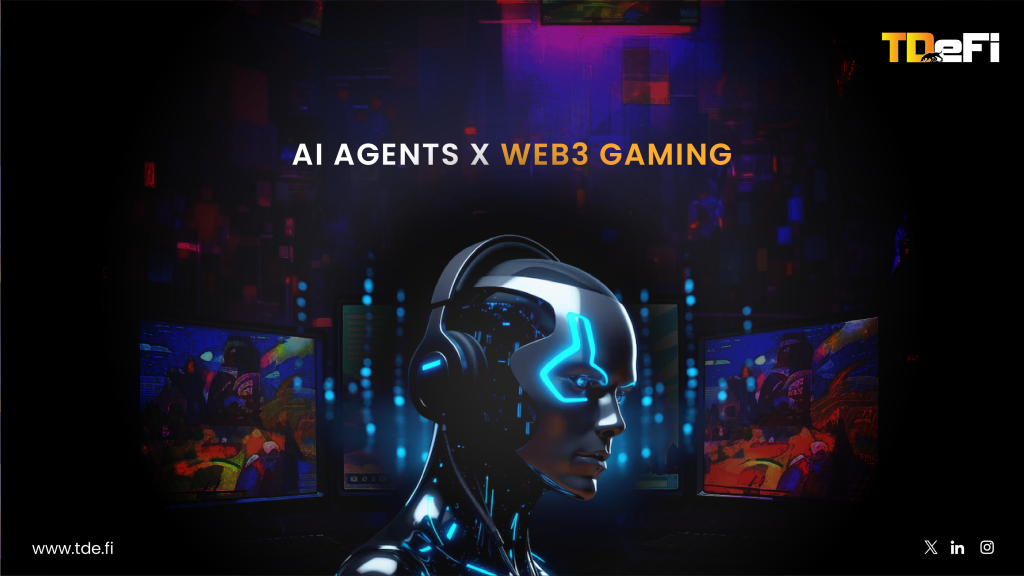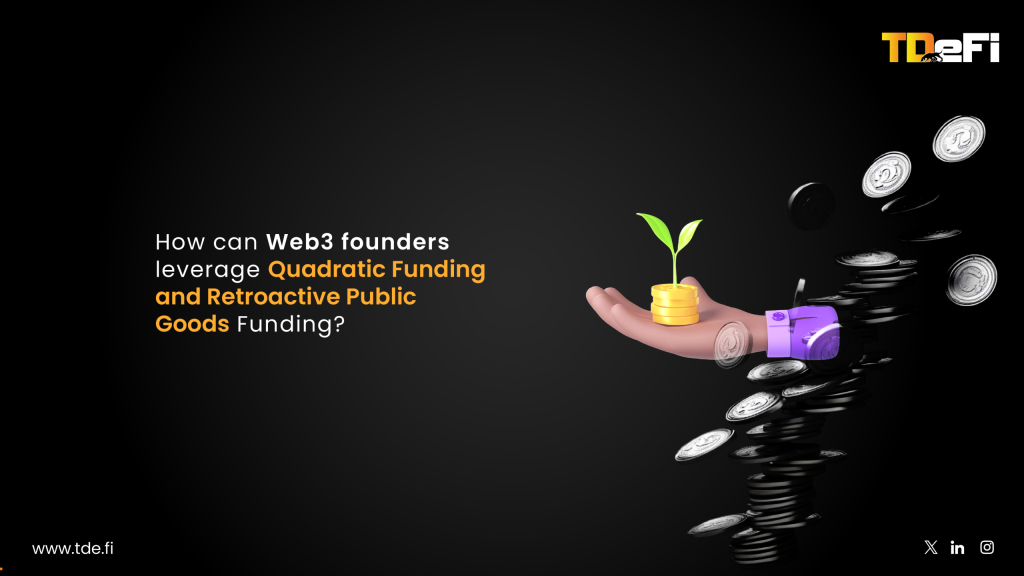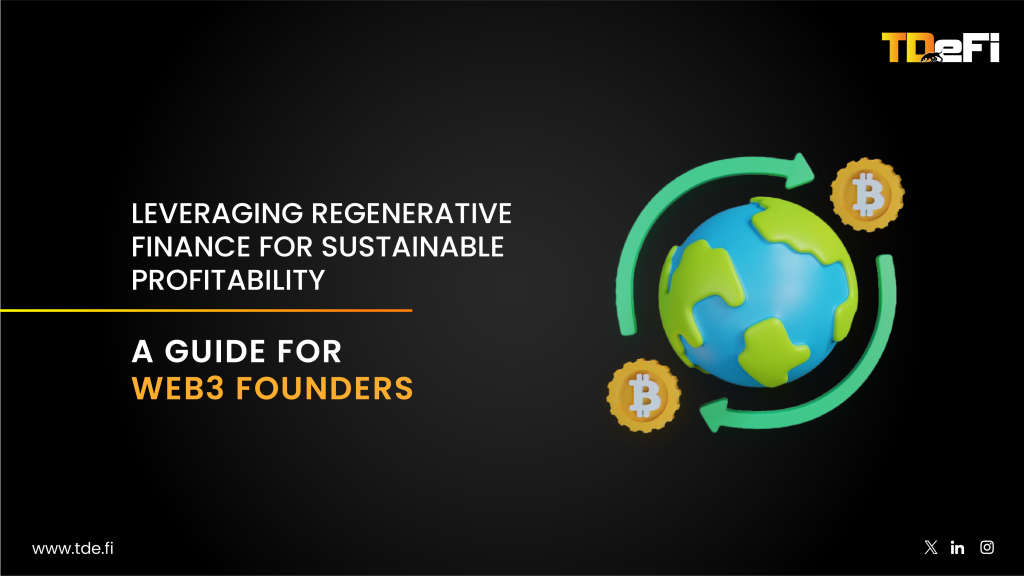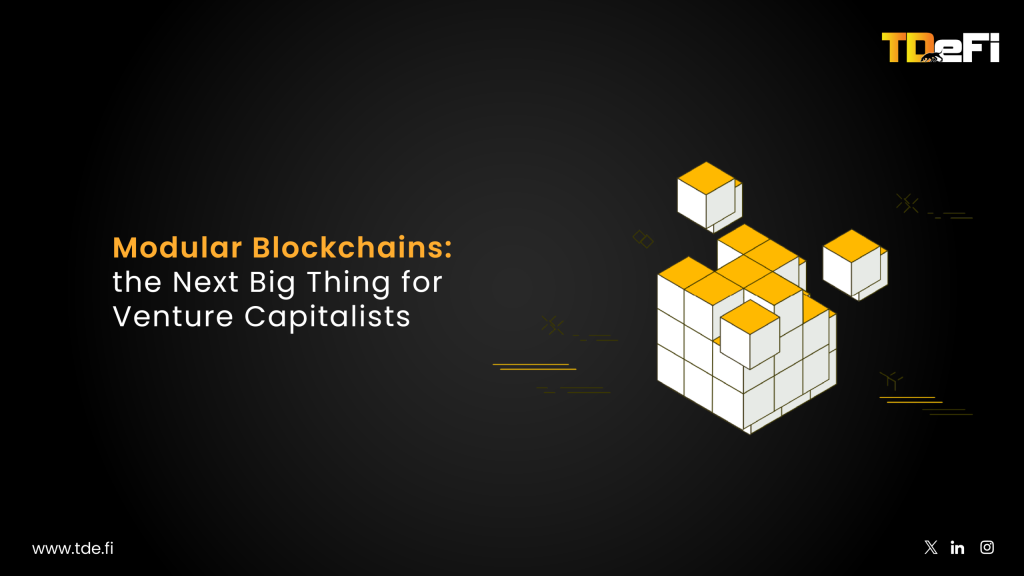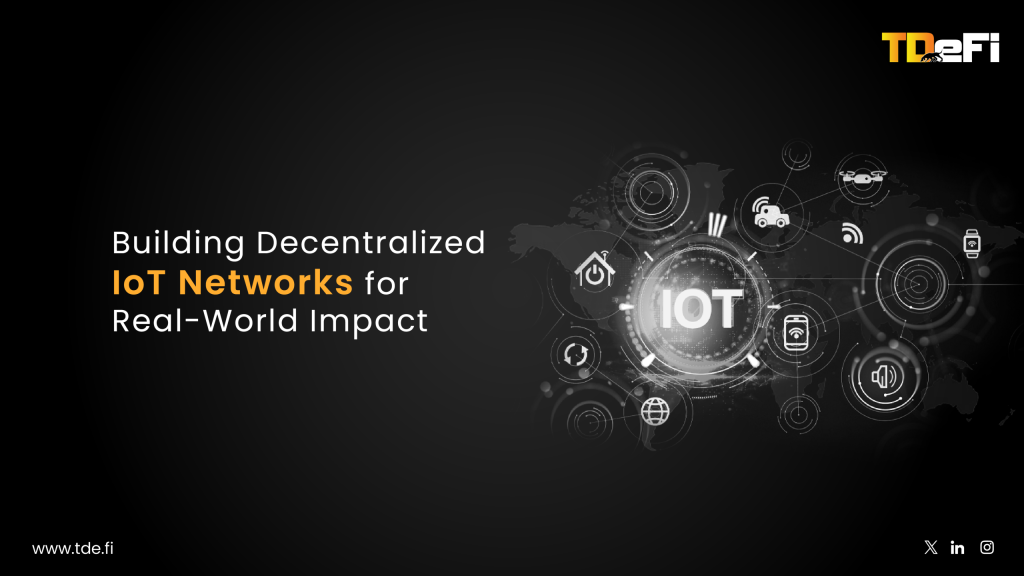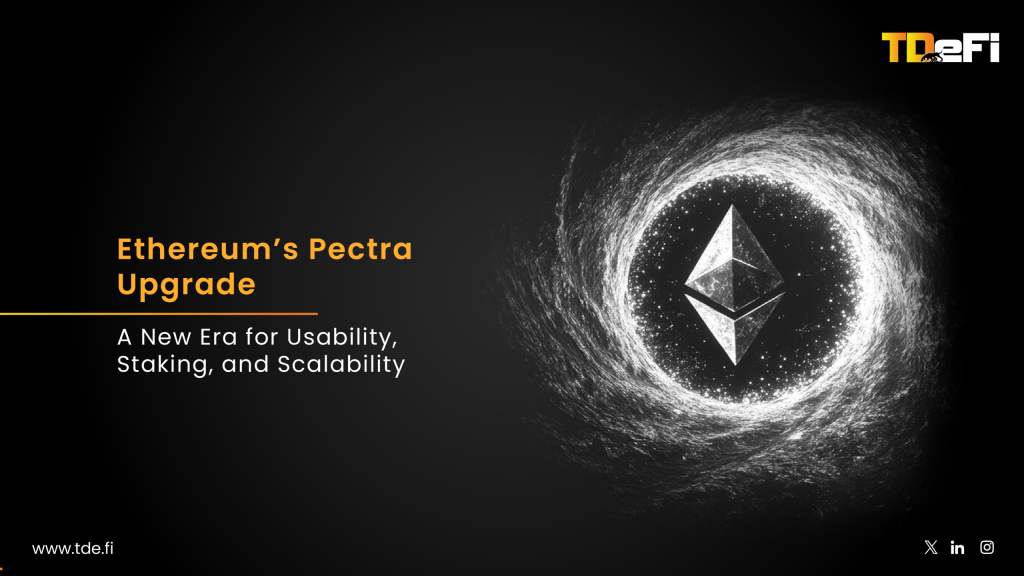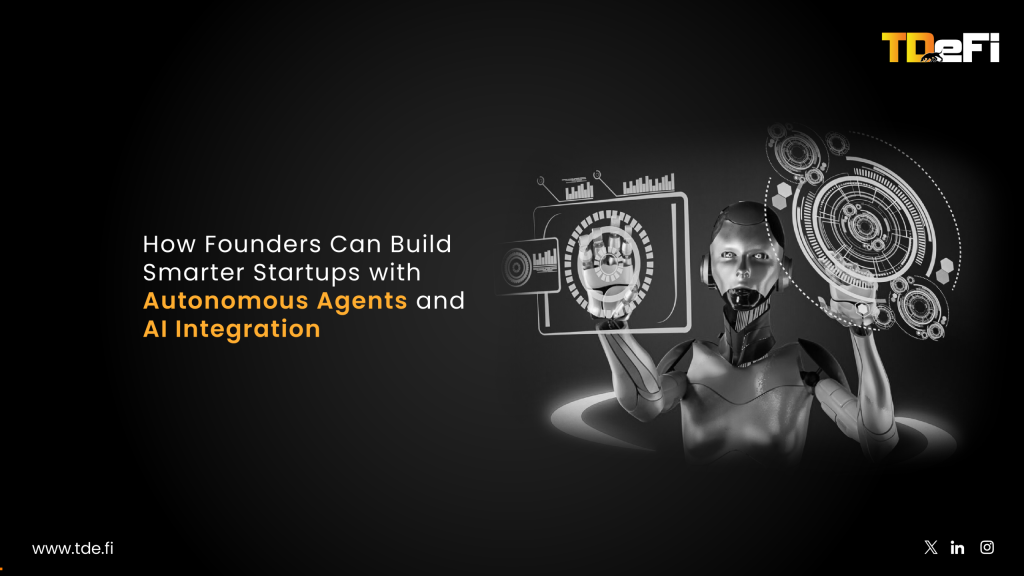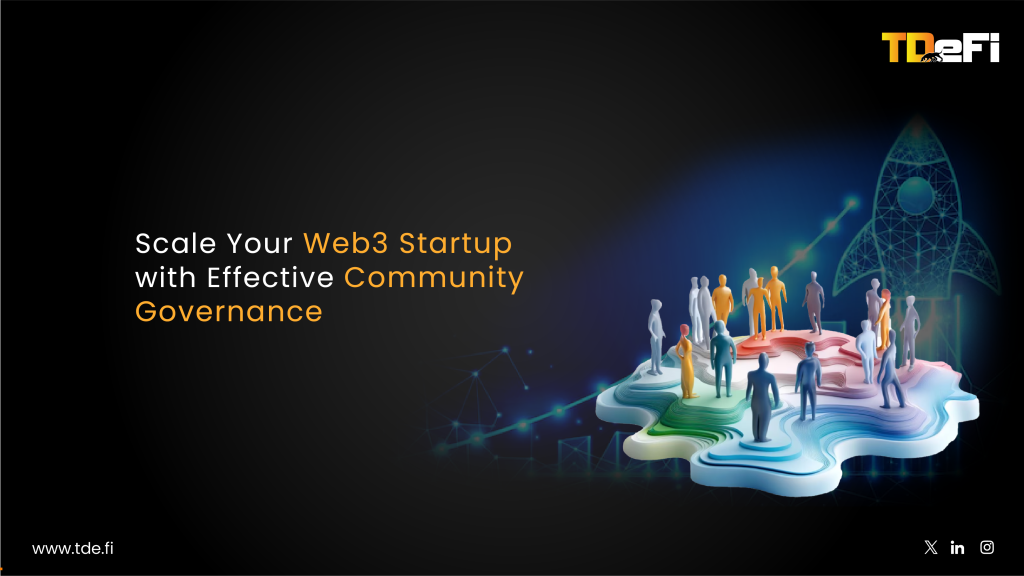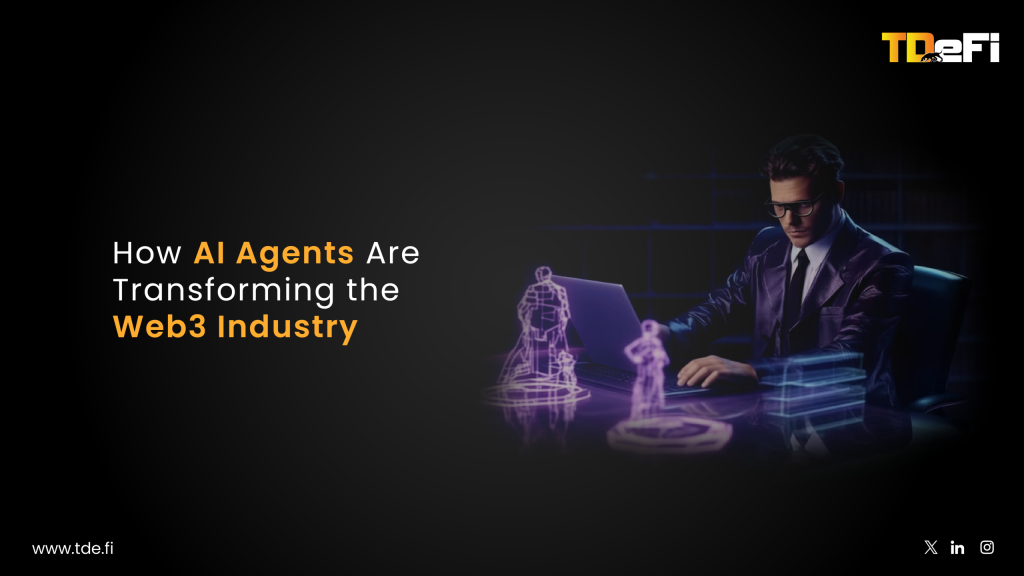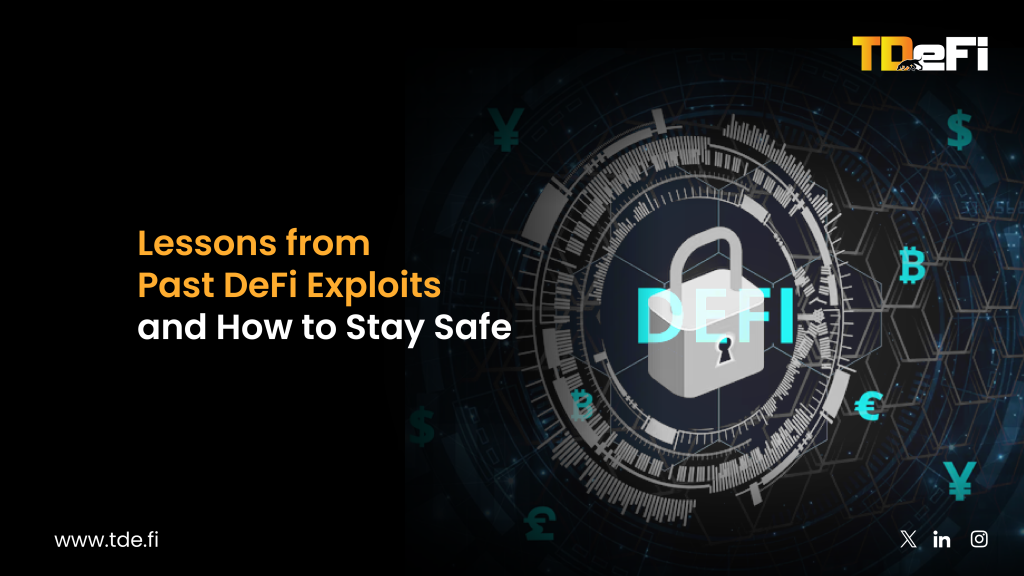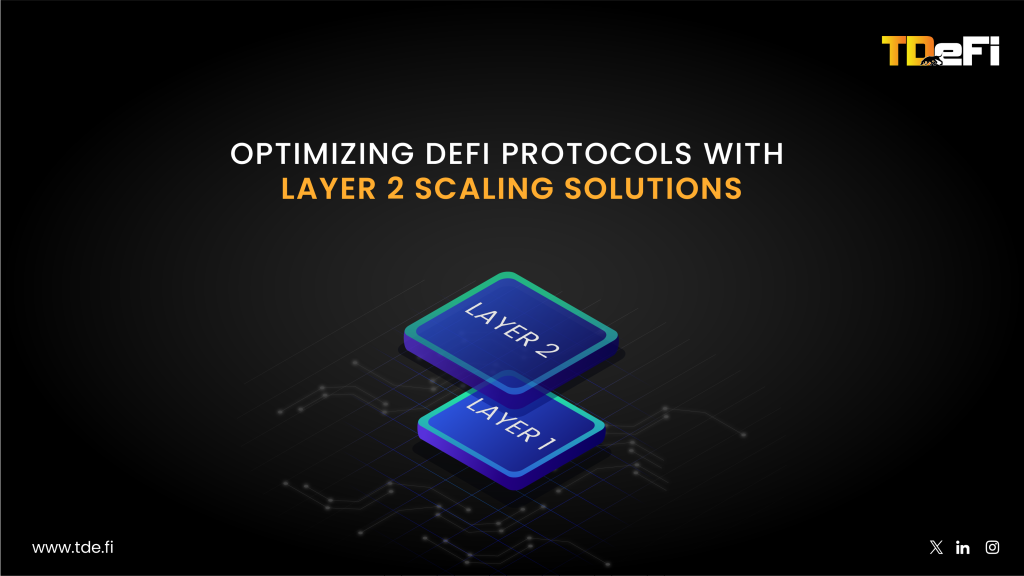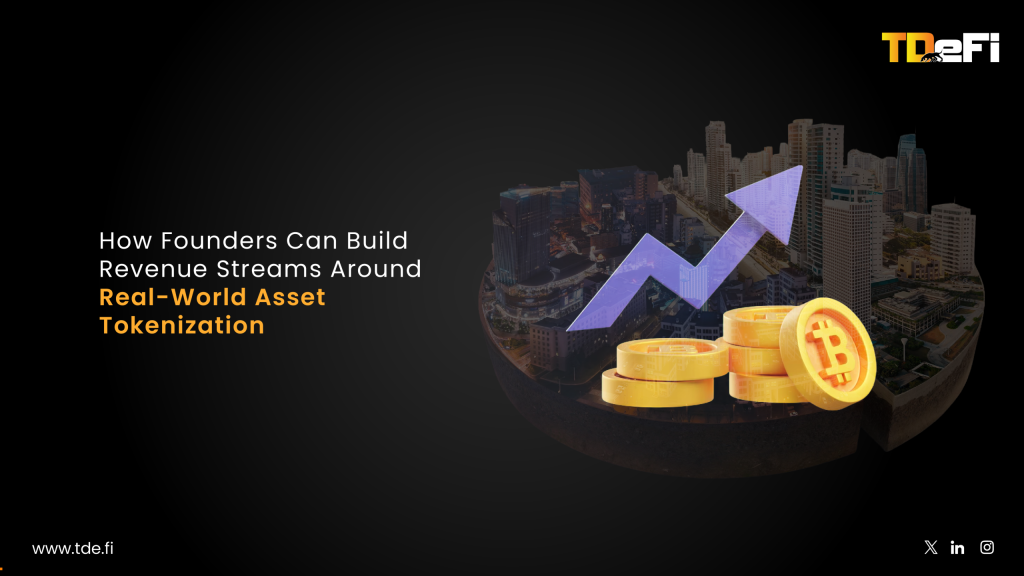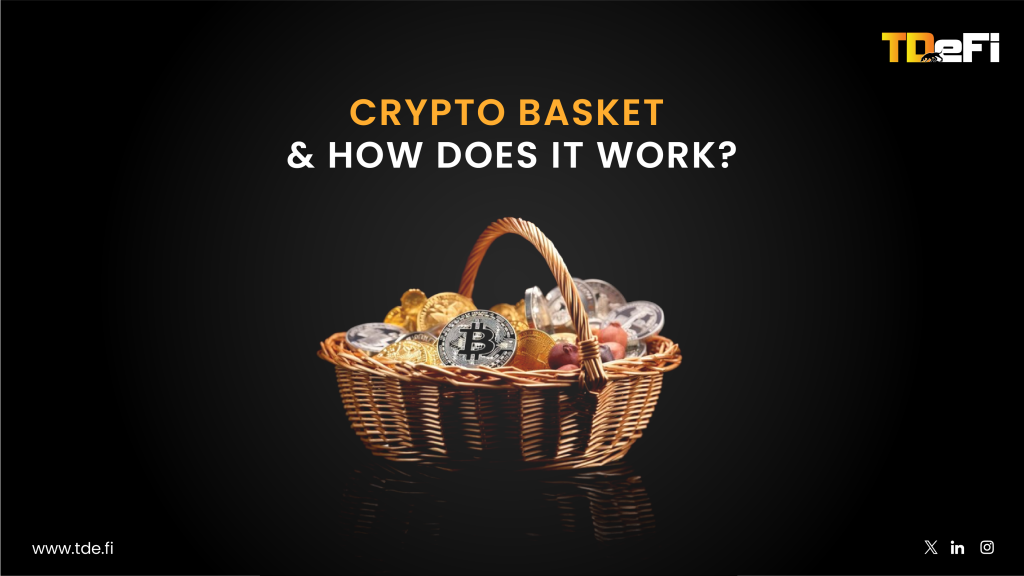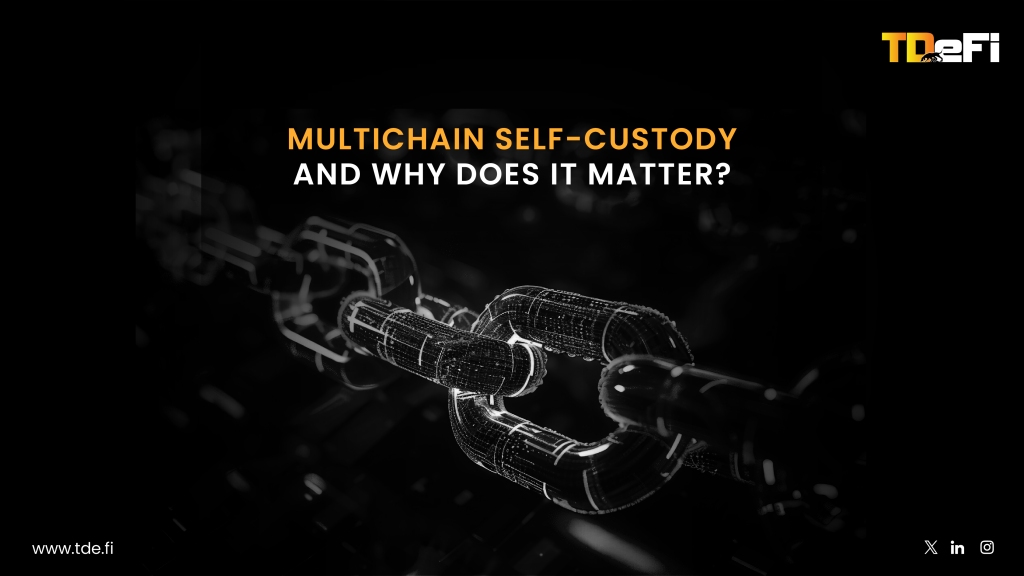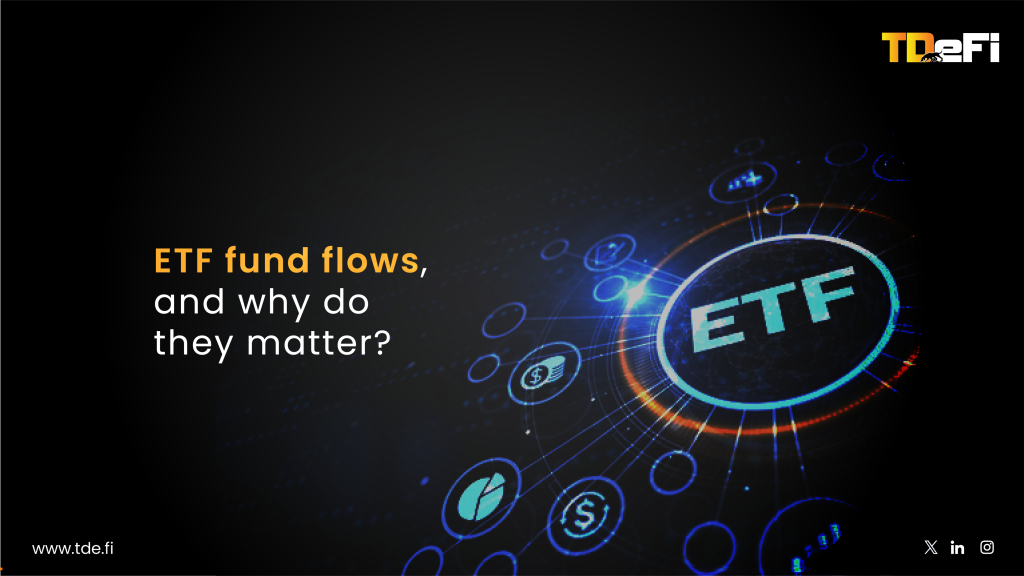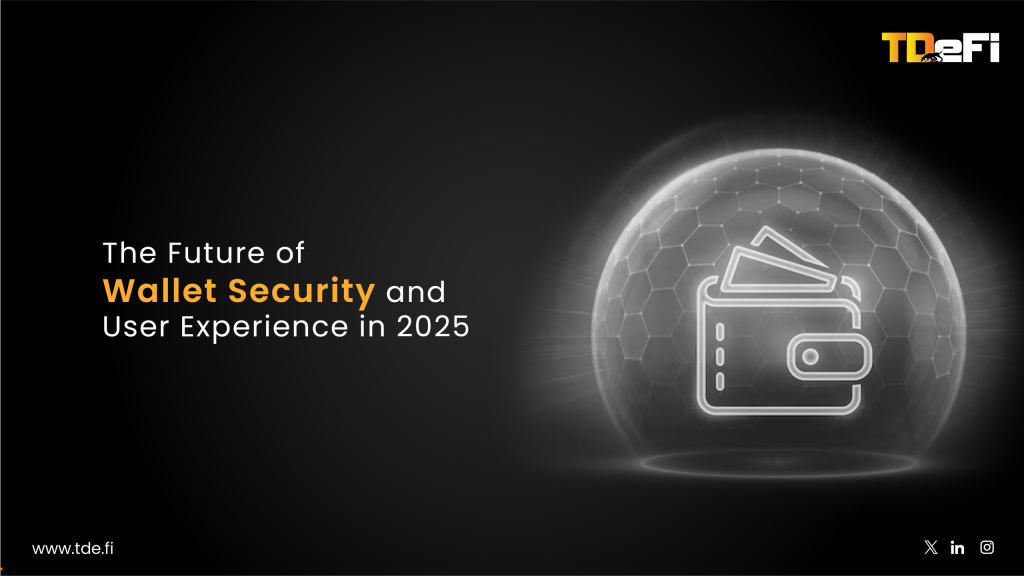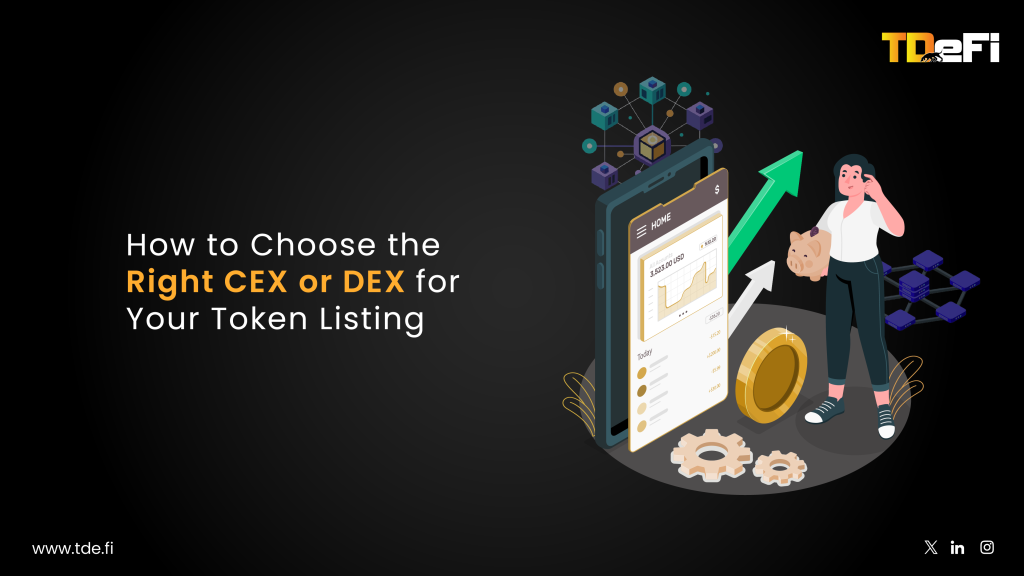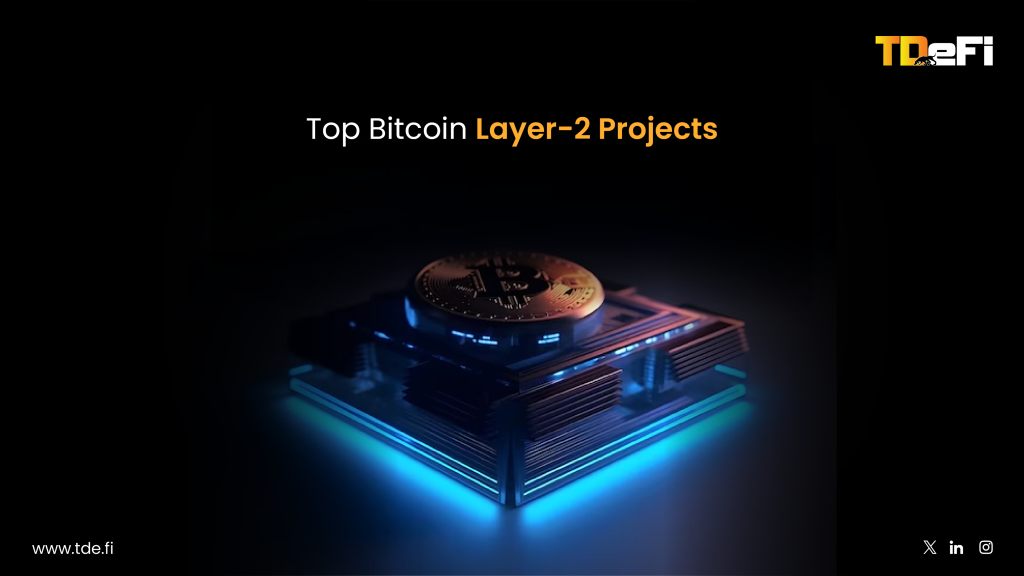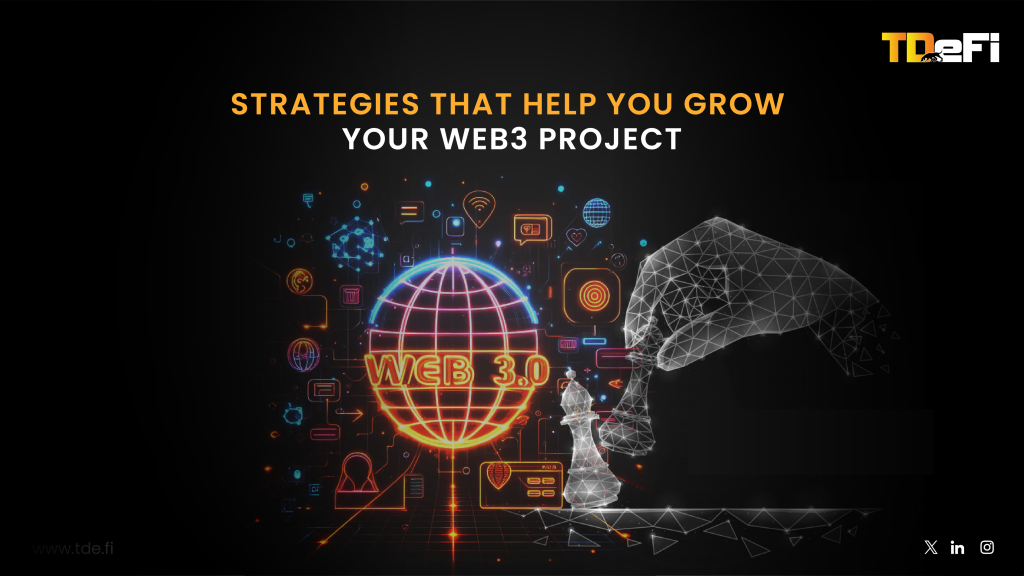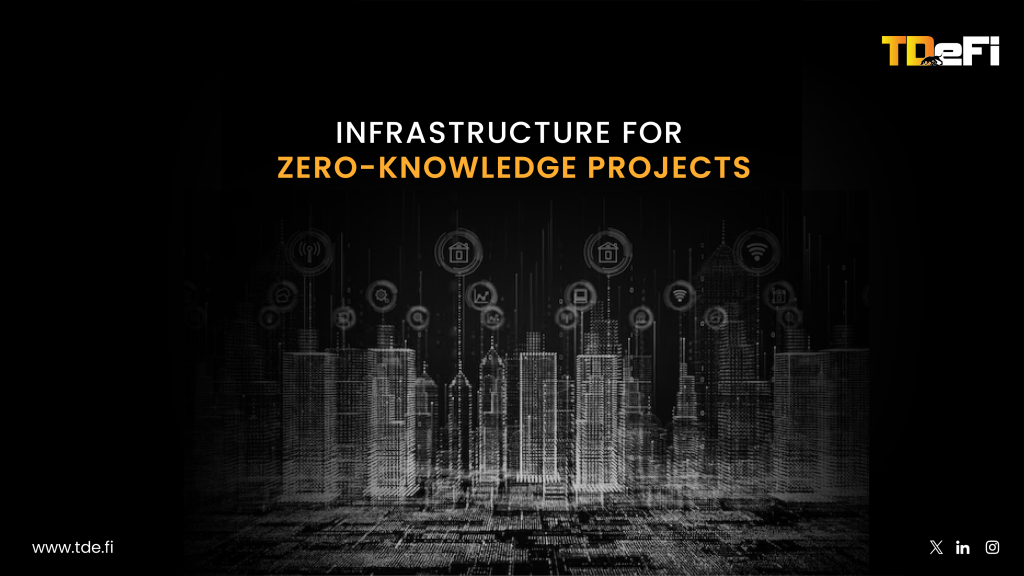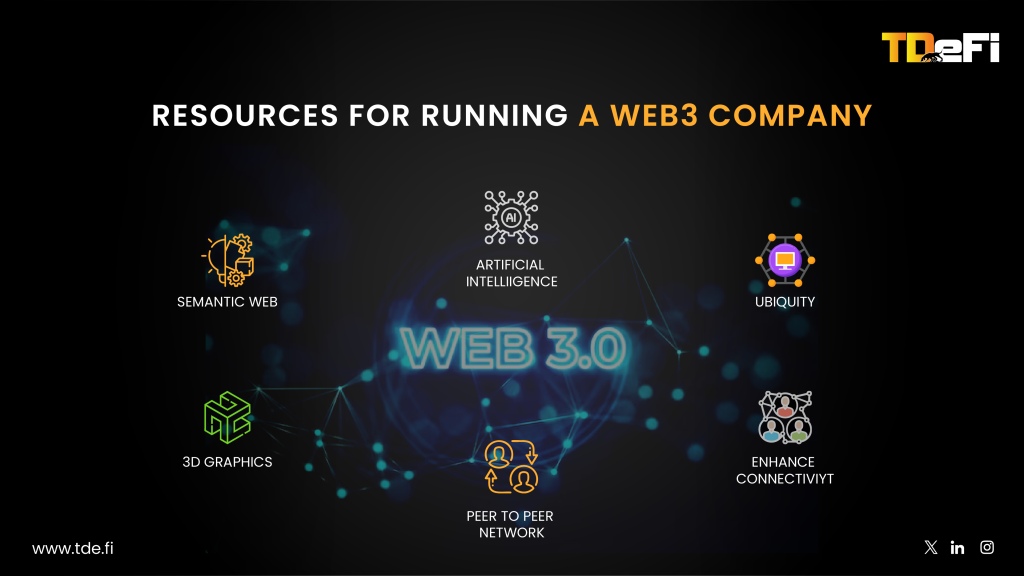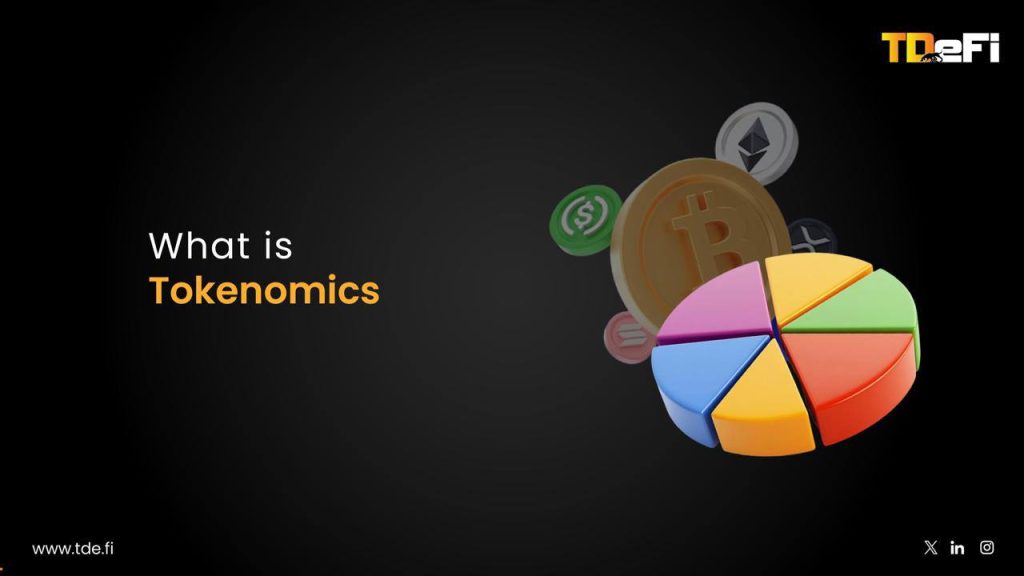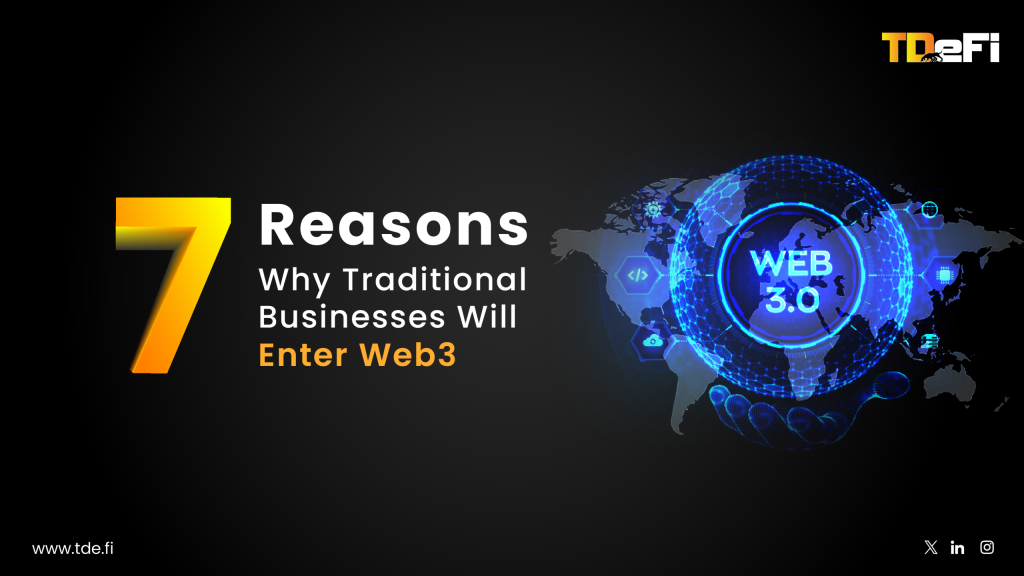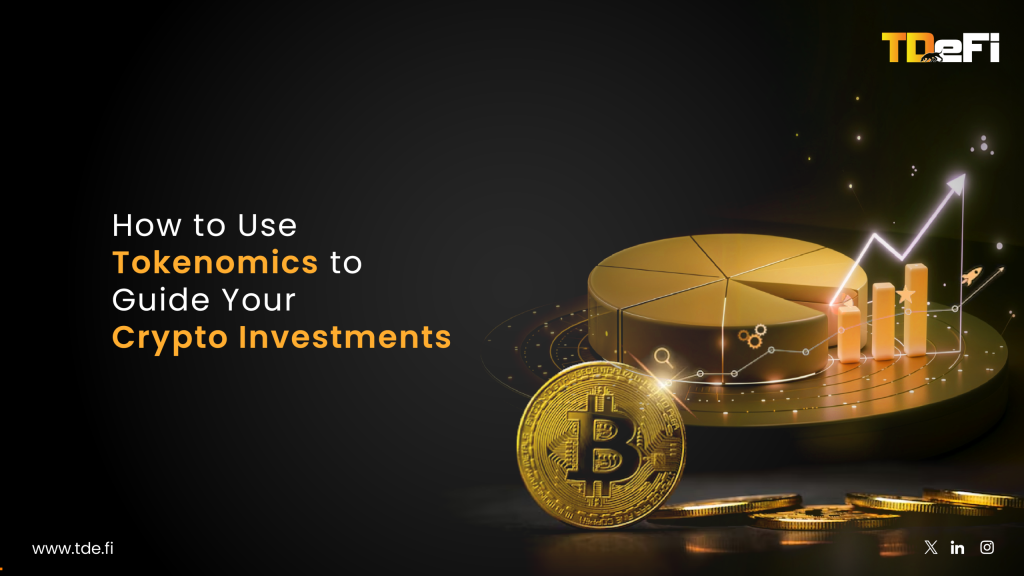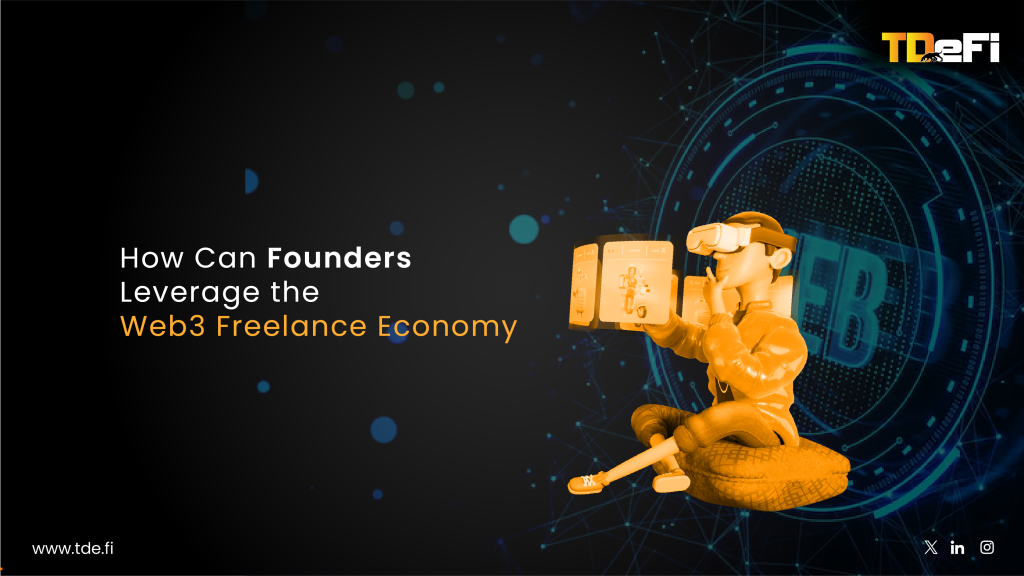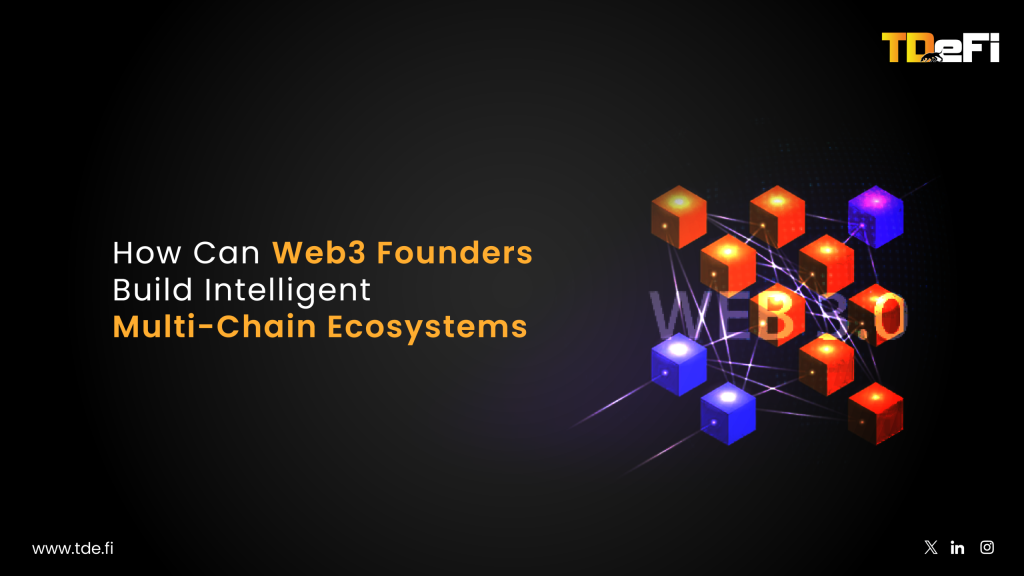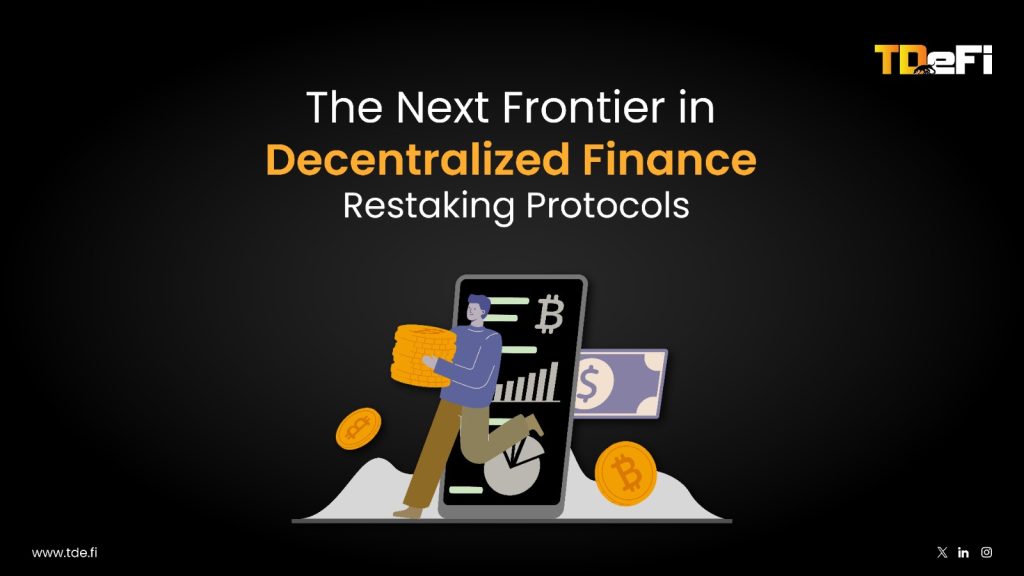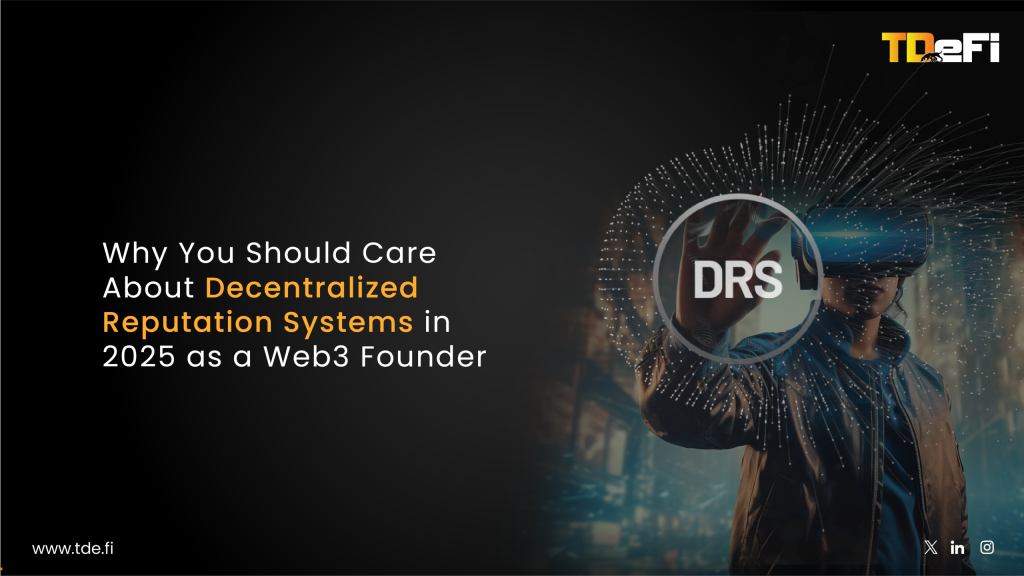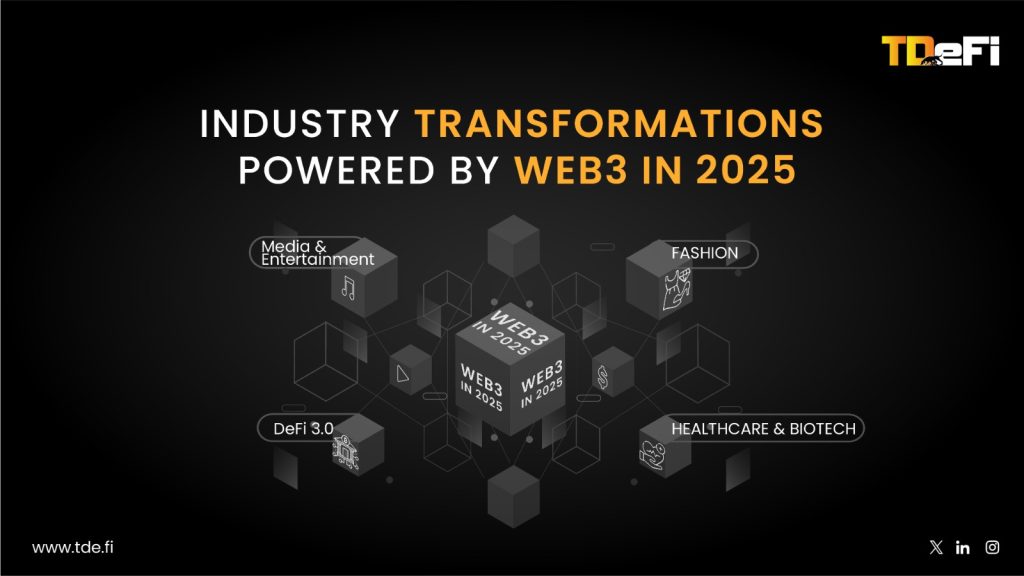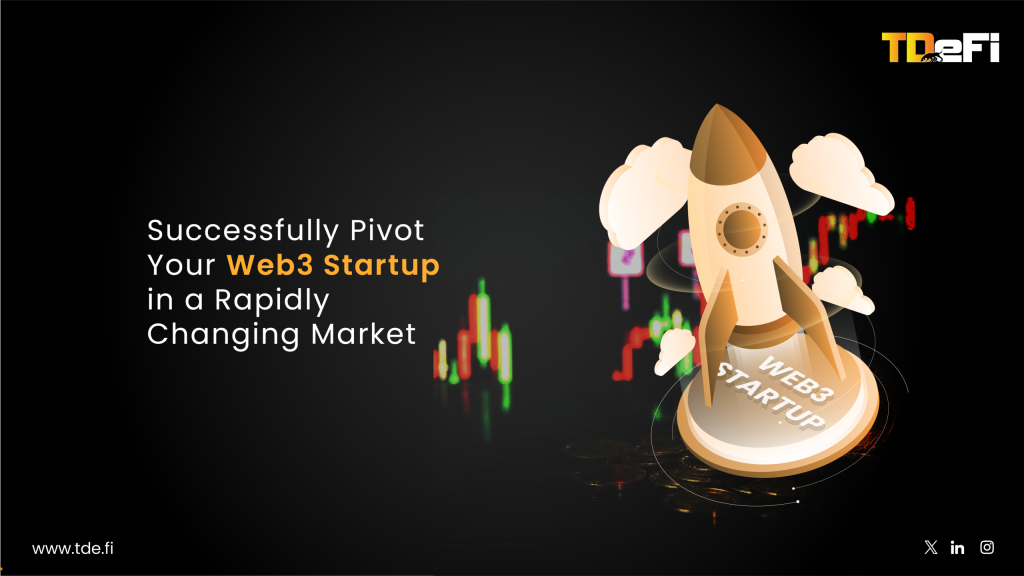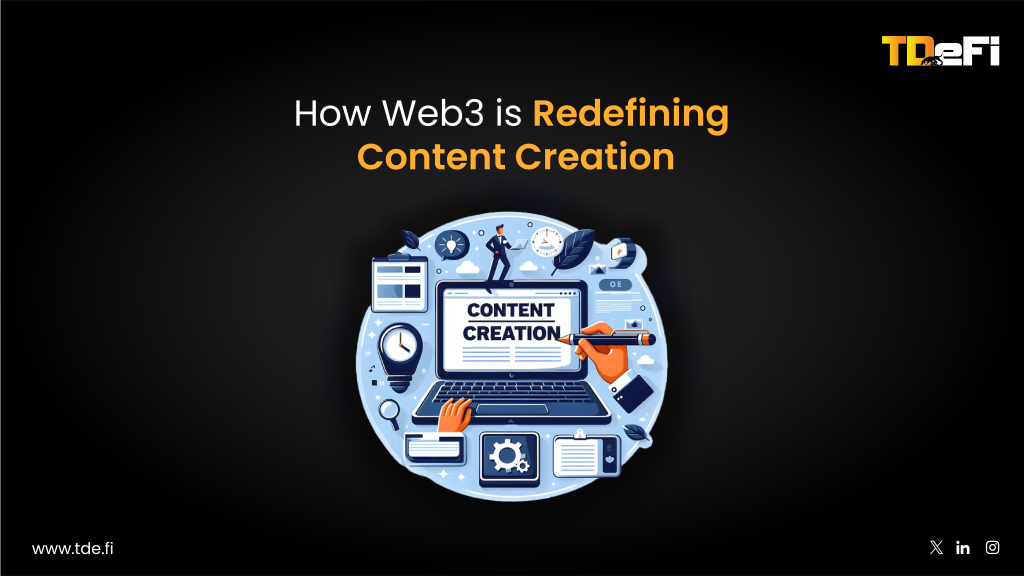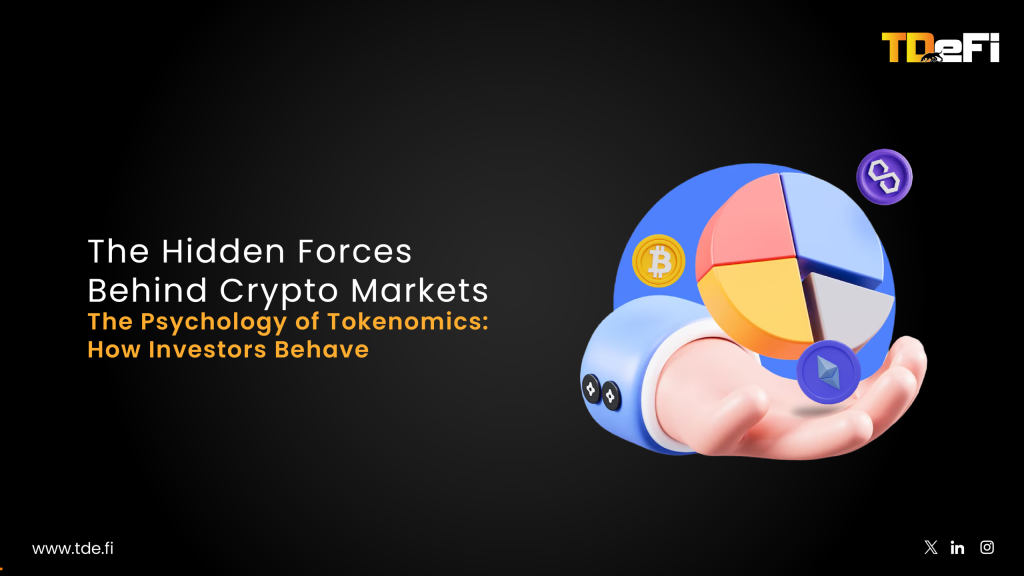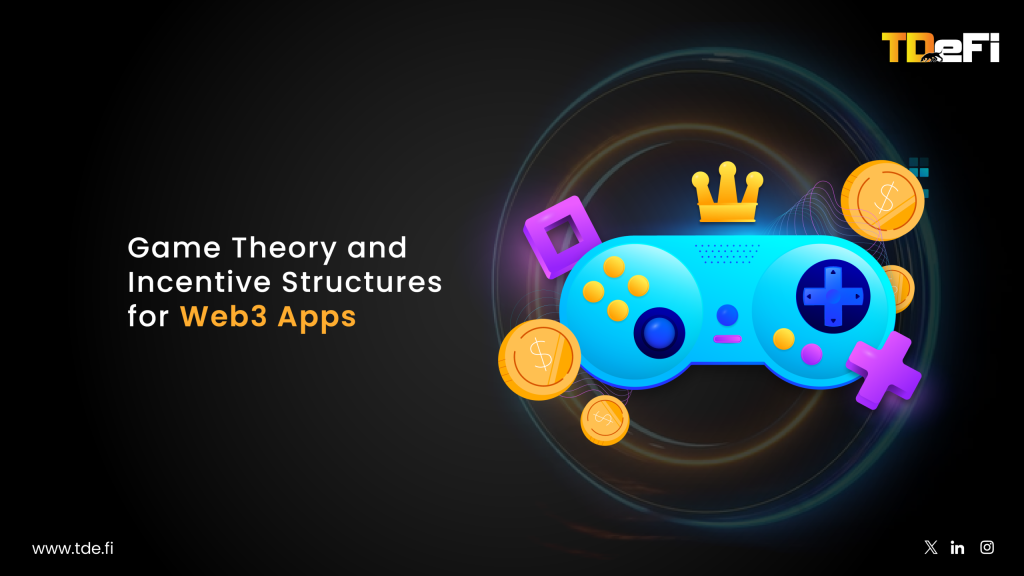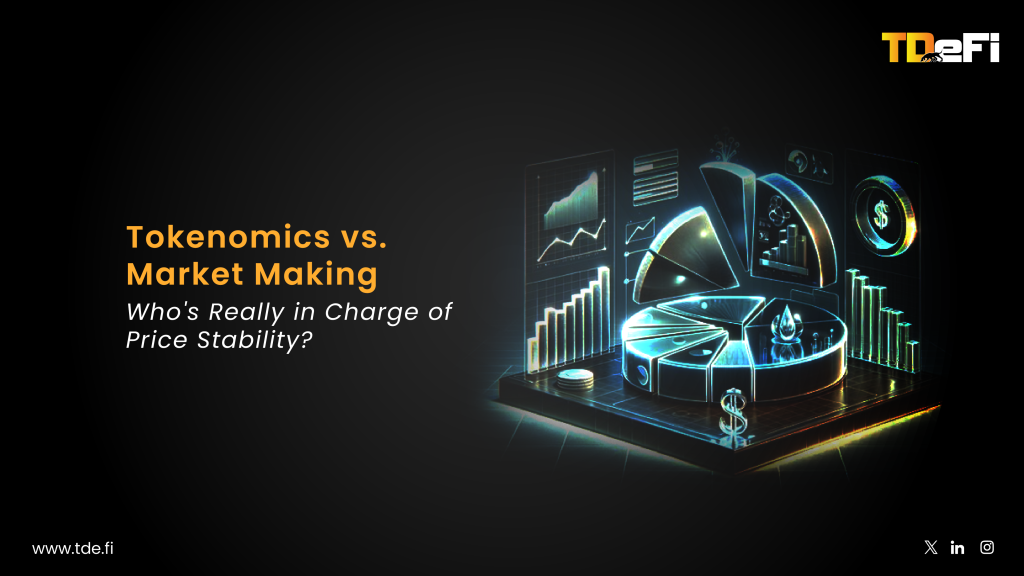Introduction
Traditional scientific research (“TradSci”) is hampered by opaque funding mechanisms, restricted access to data, and inefficient incentive structures. With funding bottlenecks, the “Valley of Death” (where 80–90% of research fails to translate into clinical trials), and limited reproducibility, much groundbreaking work never reaches the public domain. DeSci reimagines this landscape by introducing a decentralized, transparent model for research—one where funding is democratized, data is shared openly, and contributions are incentivized via tokens and DAOs.
DeSci has gained traction over the past few years with projects that not only attract crypto investors but also build partnerships with traditional institutions, demonstrating early potential for a more inclusive and efficient scientific ecosystem.
Onchain Analytics and Performance Metrics
Key on-chain performance metrics for leading DeSci projects reveal:
- Token Trading Volumes: Daily trading volumes for established tokens (e.g., VitaDAO’s VITA) typically range between $1M–$2M, reflecting active market participation.
- Market Capitalizations:
- VitaDAO’s VITA: ~$32M
- OriginTrail’s TRAC: ~$216M
- ResearchHub’s RSC: ~$36M
- Emerging tokens (e.g., Bio.xyz’s BIO) have experienced high volatility, with temporary peaks reaching near US$1.1B, currently at a MCap of $159M.
- Treasury Sizes:
- Funding DAOs like VitaDAO maintain treasuries of approximately $18M, while ResearchHub’s treasury exceeds $6M.
- Funding DAOs like VitaDAO maintain treasuries of approximately $18M, while ResearchHub’s treasury exceeds $6M.
- Governance Participation: Mature DAOs report voter participation rates of 5–10% among token holders—a sign of active community engagement despite relatively small numbers.
- Blockchain Usage: The majority of projects operate on Ethereum due to its established network and developer ecosystem; some, however, use multichain strategies to balance cost and scalability. Solana has been one of the alternatives for DeSci projects to explore minimizing the gas costs.
Funding Trends and Web2 Participation
Funding Trends
- Accelerating VC Investment:
Over the past few years (2022–2025), venture capital interest in DeSci has surged, with annual funding rounds increasing approximately 5x , with major rounds such as VitaDAO’s funding (over $9M cumulatively) and Bio Protocols strategic investments from Pfizer Ventures, Binance Labs, a16z Crypto, and Northpond Ventures.) and early-stage seed rounds for projects like Dynex and HairDAO.
Sei foundation recently announced a $5M DeSci Fund. - Diverse Funding Mechanisms:
DeSci projects often combine token sales, DAO-based crowdfunding, and traditional grants. For instance, Bio.xyz’s innovative launchpad model allows investors to bid on tokens while also integrating incubator support. - Hybrid Funding Sources:
While most projects rely on decentralized funding (e.g., token sales, crowdfunding, IP-NFT financing), some have begun tapping into traditional sources. Partnerships with institutions such as Pfizer Ventures (in VitaDAO) and backing from Binance Labs signal a growing intersection between Web3 and conventional funding channels.
- Integration with Legacy Systems:
Web2 players in healthcare and academia are beginning to explore how decentralized platforms can complement existing research infrastructure. This hybridization promises to bring greater transparency and efficiency to areas that have traditionally been closed off. - Increased Mainstream Interest:
Media outlets, industry research reports (such as those from CoinShares, TokenInsight, and Frontiers), and academic studies increasingly focus on DeSci, further validating its potential to disrupt the scientific landscape.
Top 10 DeSci Projects
Below is a breakdown of the leading 10 DeSci projects, highlighting their narratives, funding histories, technological foundations, and participation metrics.
1. OriginTrail (TRAC)
- Narrative:
OriginTrail is a decentralized knowledge graph that enables secure and trusted data sharing across industries—from supply chains to academic research. Its Decentralized Knowledge Graph (DKG) ensures data integrity and interoperability. The OriginTrail ecosystem already consists of several big names such as Deloitte, Honeywell, Google, Pfizr. - Funding & Performance:
Founded in 2014 and raised $22.5M via ICO in 2018; current market cap ~ $ 216M. - Technology:
Uses multichain interoperability (Ethereum, Gnosis, Polkadot) with staking and node-based reward mechanisms. - Token Utility:
The TRAC token (an ERC-20 asset) is used for:- Staking by node operators to earn publication fees.
- Paying for data publishing on the decentralized knowledge graph.
- Enabling interoperability across multiple blockchain platforms.
2. VitaDAO (VITA)
- Narrative:
A DAO focused on funding longevity research. VitaDAO democratizes research funding by allowing VITA token holders to govern which projects receive support. Vitadao has partnership with Apollo health ventures, Pfizr, molecule, Bio.xyz. - Funding & Performance:
Raised $5.1M (2021) and $4.08M (2023); deployed over $4.5M in research funding to over 24 projects; treasury ~ $18M; market cap ~ $32M.
- Backers:
Pfizer Ventures, Shine Capital, Balaji Srinivasan and many more. - Token Utility:
VITA tokens empower holders to:- Vote on research funding proposals.
- Stake tokens on projects to help them achieve predefined milestones.
- Govern the DAO’s treasury and strategic decisions related to IP and commercialization.
3. Bio.xyz (Bio Protocol)
- Narrative:
Bio.xyz creates specialized BioDAOs for biotech research, enabling community-driven funding and IP management.
- Funding & Performance:
Token launched via Binance Launchpool with a temporary market cap spike near $1.1B; backed by Binance Labs, 1kx Ventures, and Northpond Ventures. BioDAI has funded 62 projects, amounting to $7.5M worth of funding. Total AUM is $11.74M. - Technology:
Focus on tokenized IP and decentralized governance, enabling staking for research project access. IP-NFTs and IPTs digitize scientific intellectual property (IP) by encoding the associated legal agreements and R&D data on a blockchain. IP Tokens (IPTs) are unique ERC-20 tokens that serve as governance tokens over the scientific IP generated, data-sharing policies and IP licensing and acquisition proceeds. BioDAOs typically hold portfolios of IP-NFTs and IPTs, which they help launch and incubate through tokenization, liquidity and governance. - Token Utility:
The BIO token is used to:- Facilitate governance and voting on project funding.
- Stake to gain early access to new research projects and incubator benefits.
- Serve as an access token for exclusive research content and collaborations.
4. ResearchHub (RSC)
- Narrative:
An open-access platform for scientific publishing and peer review, incentivizing contributions via its native token, ResearchCoin (RSC). The platform has over 50k research articles , divided in different verticals. - Funding & Performance:
Raised $7M in 4 rounds, with recent $2M in 2025. Treasury exceeds $1.8M; active user base of ~9.3K; market cap ~ $36M. - Backers:
Boost VC ,Coinbase Ventures, OSS Capital. - Token Utility:
The RSC token is used to:- Reward contributors for publishing research and conducting peer reviews.
- Fund new research initiatives via decentralized voting.
- Enable governance and access to platform features.
5. LabDAO
- Narrative:
A decentralized “cloud lab” that provides shared research infrastructure and computational resources. - Funding & Performance:
Raised $3.6M co-led by inflection.xyz and village global, Other participants in the funding round included North Island Ventures, Seed Club Ventures, ID Theory, Road Capital, Curve Labs, gmjp.lol, Molecule, Gnosis DAO, The LAO, Orange DAO, Beaker DAO, Spaceship DAO, and former Coinbase chief technology officer Balaji Srinivasan, among others. - Technology:
Leverages blockchain for resource allocation and lab service management. - Token Utility:
LabDAO tokens are used to:- Access and allocate shared lab resources.
- Stake for preferential access to computational or experimental capacity.
- Govern the platform’s development and resource distribution.
6. AxonDAO (AXGT)
- Narrative:
A DAO dedicated to neuroscience research, enabling community-driven funding and governance via its AXGT token. - Funding & Performance:
Token supply of 1 billion and has funded several neuroscience projects, including studies on brain–computer interfaces. - Technology:
DAO-based governance tailored for health data and research.
7. Hippocrat (HPO)
- Narrative:
A platform focused on managing healthcare data securely, allowing patients to control and share their clinical trial data. - Funding & Performance:
Circulating supply ~1B tokens; used to streamline clinical trial processes; market cap varies based on network activity. - Technology:
Leverages blockchain and zero-knowledge proofs for data security.
8. HairDAO (HAIR)
- Narrative:
A niche project aimed at funding research into hair loss and scalp health, with a focus on community governance. - Funding & Performance:
Total supply ~1.5M HAIR tokens; integrates funding, governance, and product discounts for its community. - Technology:
Combines tokenized incentives with decentralized governance tailored to hair loss research.
9. Rifampicin (RIF)
- Narrative:
A meme coin launched by Pump Science on Solana, inspired by the antibiotic rifampicin, used to support medical experiments. - Funding & Performance:
Market cap ~US$72M; fully circulated; considered speculative. - Technology:
Relies on meme-driven community participation rather than underlying business fundamentals.
10. The Innovation Game (TIG)
- Narrative:
A protocol that incentivizes algorithmic innovation through a synthetic market mechanism, combining open data and traditional licensing. - Funding & Performance:
Emission follows a curved model; designed to reward efficient computational methods. - Technology:
Introduces Optimizable Proof of Work (OPoW) to foster innovation in computational science.
Impact, Challenges, and Future Outlook
Impact on Science
- Accelerated Innovation:
By offering decentralized funding and transparent data sharing, DeSci projects help shorten the “Valley of Death” that hampers the translation of basic research into clinical applications. For example, VitaDAO’s model of funding early-stage longevity research is already inspiring breakthroughs in regenerative medicine. - Increased Transparency:
Open access to data and immutable record-keeping on blockchains improve reproducibility and trust in scientific findings. Projects like ResearchHub are democratizing access to scientific literature, fostering collaboration. - Community-Driven Research:
Decentralized governance models empower stakeholders—researchers, patients, and investors—to shape research priorities. This democratization not only diversifies funding sources but also aligns research outputs with community needs.
Challenges
- Regulatory Uncertainty:
Many DeSci projects operate in a legal gray area regarding data privacy, intellectual property, and token classifications. Regulatory clarity is essential for long-term stability. - Scalability and Infrastructure:
While many projects rely on Ethereum, high transaction fees and scalability issues remain concerns. Multichain strategies may help but also add complexity. - Adoption and Integration:
Bridging the gap between traditional science (TradSci) and decentralized approaches requires overcoming cultural and technical barriers. Partnerships with established institutions are vital, yet integration remains uneven. - Governance Limitations:
Early-stage projects often adopt hybrid models that incorporate DAO principles only partially. Full decentralization is challenging due to governance complexity and resource constraints.
Future Outlook
- Enhanced Funding Models:
As projects refine tokenomics and governance, decentralized funding mechanisms are expected to mature, providing stable resources for breakthrough research. - Broader Industry Adoption:
With increased interest from both crypto investors and traditional institutions, DeSci is poised to expand beyond biotech and longevity into areas such as environmental science, engineering, and social sciences. - Technological Integration:
Innovations in blockchain scalability (e.g., multichain interoperability) and the integration of AI with decentralized data platforms are expected to further enhance research efficiency.
Conclusion
DeSci represents a radical rethinking of how scientific research can be conducted, funded, and disseminated. With robust on-chain metrics, growing VC and institutional interest, and a diverse ecosystem of projects—from knowledge graphs to healthcare data platforms—DeSci is beginning to bridge the gap between basic research and clinical applications. While challenges remain in regulatory, scalability, and governance areas, the trend toward decentralized, community-driven science holds promise for a more transparent, inclusive, and efficient future for global research.
Investors and researchers who engage early with the top DeSci projects may not only benefit from potential financial returns but also contribute to a transformative shift in scientific innovation.


